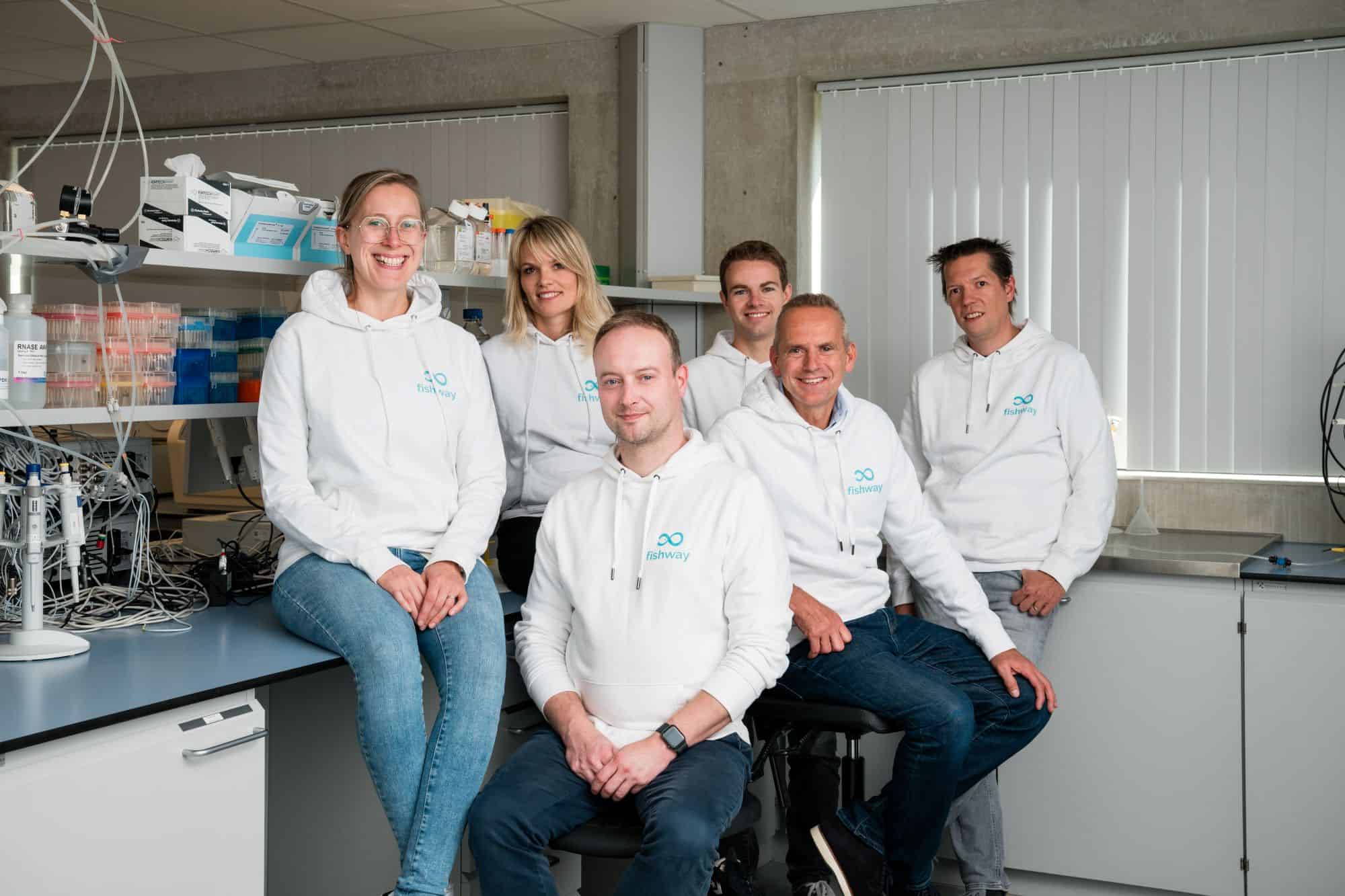The United Nation’s Food and Agriculture Organization (FAO) is now assessing important food safety and regulatory concerns regarding cultivated meat. The organization released several documents discussing food safety aspects of cultivated meat products, including language and terminologies, common production processes, and regulatory frameworks.
Labeling and terminology
The FAO points out that since cultivated meats represent an emerging commodity, the terminology used to describe its processes and products remain inconsistent. A literature review found the most common terms used by consumers and the industry are “cell-based,” “cultivated,” and “cultured,” with some studies suggesting “cultivated” as the most appealing term.
Through its report, FAO aims to provide a basis for global policymakers to select consistent language for legislation and communication about cultivated meat. The organization also encourages national authorities to establish consistent terminologies for such foods in their countries.

Production processes
FAO identified four major steps that are common to different cultivated production processes, and which each carry potential food safety hazards. However, since the creation of different products may involve different sources, culture media, scaffolds, microcarriers, and bioreactor designs, the organization recommends a case-specific approach for assessing the safety of cell-based products.
The four common steps in the production of cultivated foods, and associated food safety concerns, are outlined below:
- Cell selection: sourcing, isolation, preparation, and storage. (Potential hazards include the transmission of zoonotic infectious diseases, microbial contamination, and chemical residues and byproducts.)
- Production: cell proliferation and differentiation. (Microbial contamination, chemical residues and byproducts, allergenic scaffolds or microcarriers.)
- Harvesting of cells and tissues. (Microbial contamination, physicochemical changes, culture medium residues)
- Food processing and formulation. (Microbial contamination, biological residues and byproducts, processing contaminants, and physicochemical changes.)

Though each step carries potential risks, FAO notes the majority of possible hazards in cultivated food production are not new, and can be mitigated with existing strategies such as good hygiene practices (GHPs), good manufacturing practices (GMPs), and Hazards Analysis and Critical Control Points (HACCP).
The FAO is encouraging national authorities to begin conversations with stakeholders in preparation for the commercial emergence of cultivated proteins.
Regulatory frameworks
The FAO notes that Singapore is currently the only country with a cultivated meat product on the market, and made amendments to its food regulations to include cell-based meat.

In the US, the US Food and Drug Administration (FDA) and the US Department of Agriculture (USDA) have entered a formal agreement regarding safety and labeling requirements for food made from cultivated cells of animals, fish and poultry. Additionally, USDA’s Food Safety and Inspection Service (FSIS) has stated its intent to create regulations on the labeling of meat and poultry products derived from animal cells.




